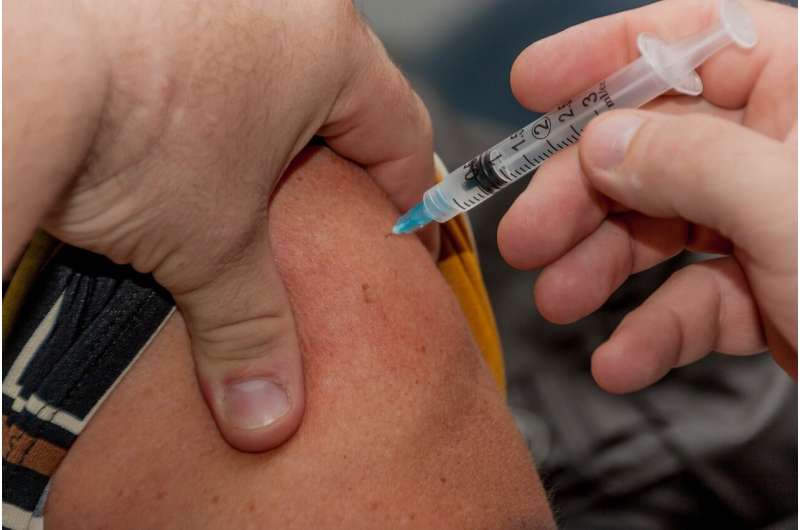
Vaccination rates for the flu are low at 44.5% among individuals who have a regular healthcare provider but are still more than twice as high as for those without healthcare providers (20.5%), according to research presented at the American Society of Health-System Pharmacists’ (ASHP) virtual 2021 Midyear Clinical Meeting & Exhibition.
“This research reminds us that under-vaccination and vaccine hesitancy are not limited to COVID-19,” said Sinmileoluwa Okegbile, a Pharm.D. candidate at Midwestern University in Arizona and researcher on the study. “Low vaccination rates for the flu persist among those living in the United States even though vaccines can prevent severe illnesses, hospitalization and death. Our study suggests a need for a fresh approach to counteract hesitancy.”
The researchers undertook the study to identify predictors of flu vaccination that will help pharmacists tailor efforts to increase vaccination rates. Anna Legreid Dopp, ASHP’s senior director of clinical guidelines and quality improvement, who was not involved in the study, said pharmacists are well-equipped to address the gaps identified in the study.
“Pharmacists are accessible to most people, even those without a consistent relationship with another healthcare provider, and they have a unique opportunity to initiate conversations about vaccines and then order and administer the vaccine,” Dopp said. “Having open and respectful conversations around vaccines, including both COVID-19 and influenza, while easing access for patients, is the best way to increase vaccination rates.”
The study results build on past research, which shows risk perceptions and demographic characteristics as the most prominent factors that influence vaccine hesitancy.
To determine rates of influenza vaccination, the study analyzed more than 2.5 million health survey records from the 2015, 2017, and 2019 Behavior Risk Factor Surveillance System databases of the Centers of Disease Control and Prevention. Individuals included in the study were U.S. adults aged 18 years and older.
The study found influenza vaccination was lowest among Blacks (32%), and Latinos (31%) compared to 41% of whites; and flu vaccination uptake rose with the number of medical conditions a person was experiencing, specifically 82% of those with four or more obesity-related conditions having been vaccinated for flu.
Vaccination also steadily increased with age. Nearly 60% of people over age 65 were vaccinated compared to less than a third of those age 18 to 25.
“Awareness of predictors of influenza vaccination can equip pharmacists with information to help them develop targeted services to support those less likely to be vaccinated,” Okegbile said.
Source: Read Full Article
